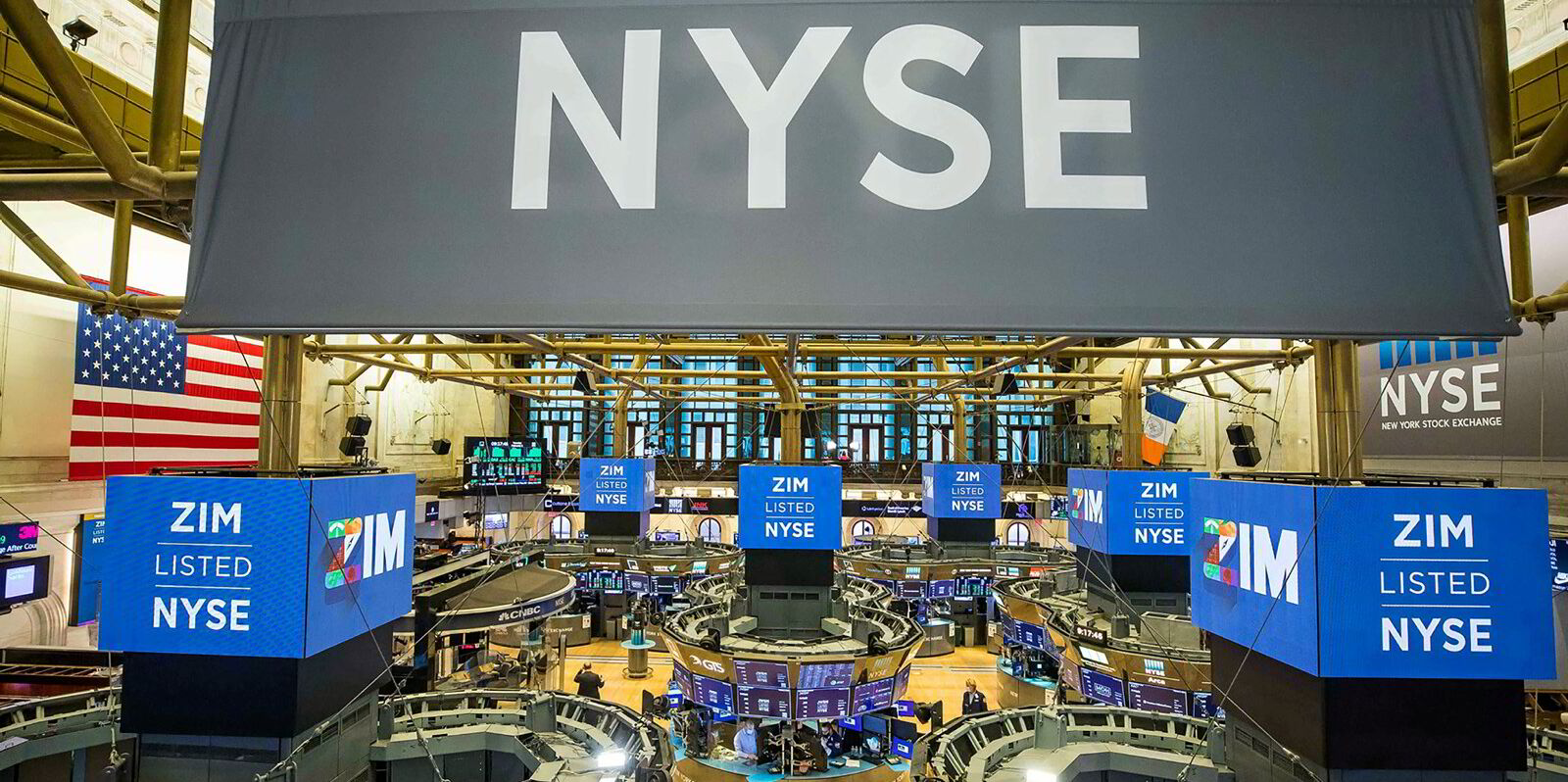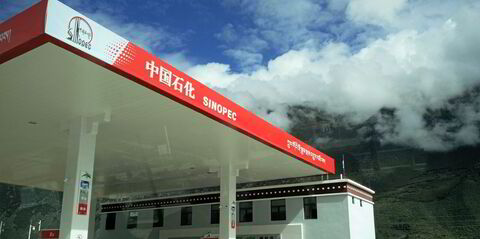Shipping stocks have been hit by volatility after reports of steps towards a ceasefire in Gaza in the past month.
Albemarle Shipping Fund fell by 1.73% in June compared with a decline of 3.1% for the fund’s internal shipping index.
“Much of this negativity was the result of equity markets absorbing the news of a potential ceasefire in Gaza and the negative utilisation implications of a reopening of the Red Sea and Suez Canal,” the fund said in its monthly report.
On Saturday, news agencies reported that hopes for a ceasefire in Gaza rose further after Hamas gave its initial approval to a new US-backed proposal for a phased deal.
“A similar bout of selling has hit shipping shares over the past few days as ceasefire news is again to the fore, with the internal shipping index down -3.8% month to date,” the fund said.
Stock investors are betting a halt to the fighting will end or lessen Houthi attacks on shipping, allowing vessels back through the Red Sea and increasing vessel supply.
“As discussed last month, while the probability of an end to hostilities seems thankfully higher, it is by no means clear that this would mean an end to the Houthi attacks nor the imminent reopening of the Suez Canal: continue to expect volatility,” the Albemarle report said.
The London-based fund has returned 25.2% so far this year.
The fund increased its net long positions in the middle of June coinciding with a market trough.
At the end of June, the fund’s net length was 80.6% compared with 75.9% at the end of May.
The fund manages assets of $216.9m.
“We continue to believe that the outlook for shipping remains very positive, with the newbuild orderbook near multi-decade lows and a lack of shipyard capacity limiting the ability to over-order over the coming years,” the fund said.
Albemarle Shipping Fund is a global equity, commodity and freight long/short fund investing in the shipping sector.
According to the report, ever-tightening environmental regulations will further support vessel utilisation over the coming years via slower steaming and the earlier retirement of older, less efficient ships.
The supply response required to balance the market can only be met with an increase in shipyard capacity, which in turn necessitates higher newbuilding prices, ultimately leading to higher freight rates, secondhand asset prices and share price valuations, the report added.
“A multi-year up cycle remains firmly on the cards,” the fund concluded.




